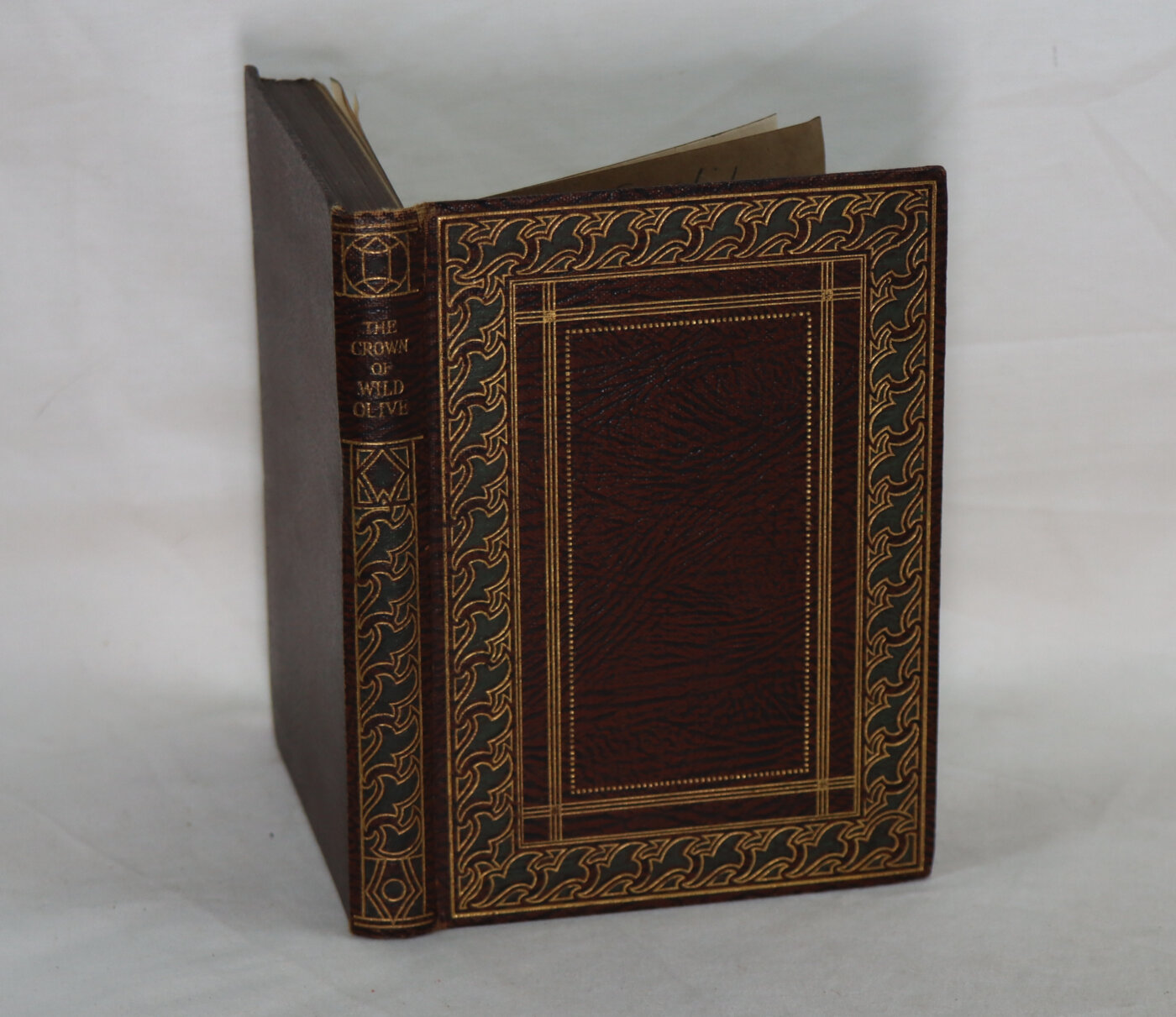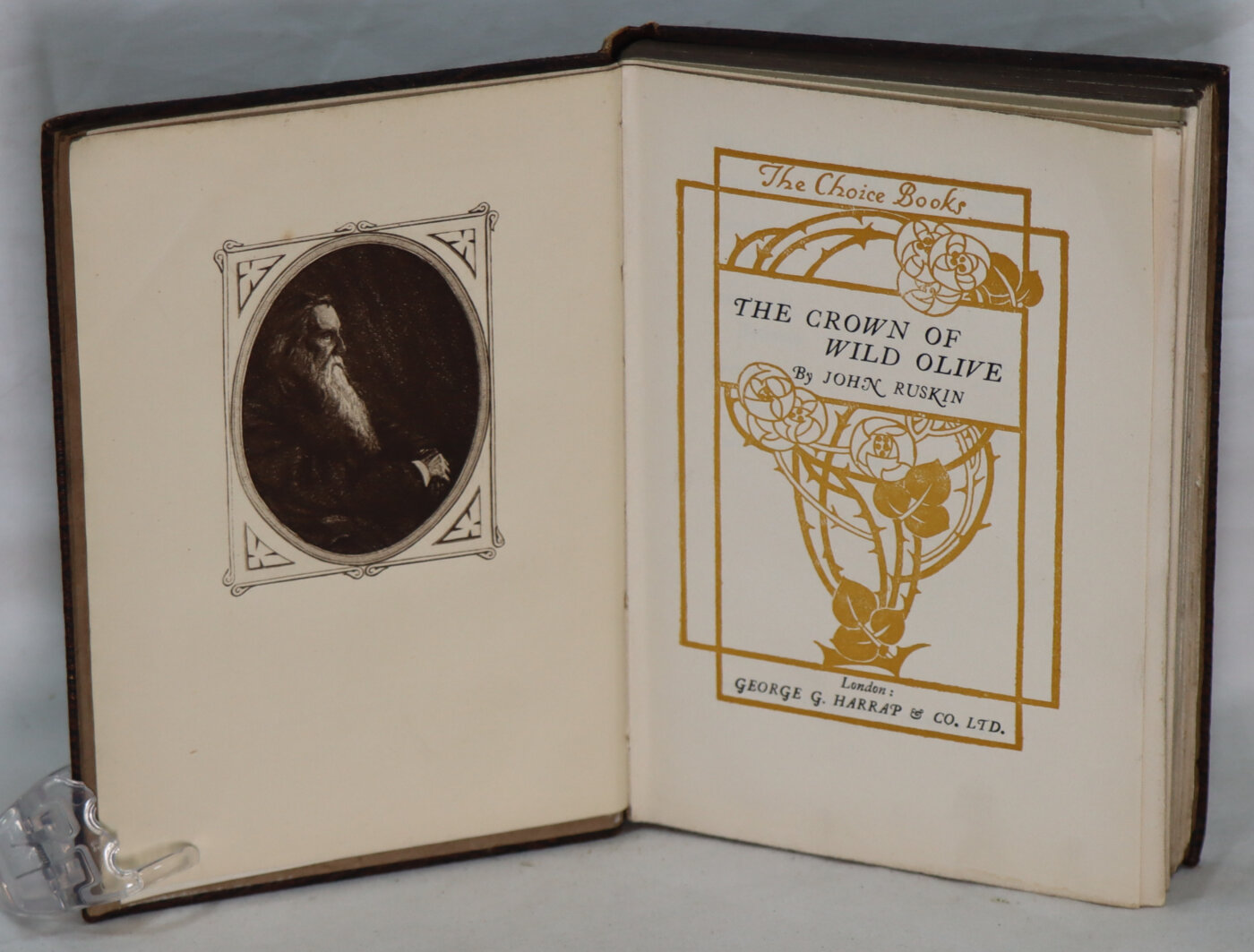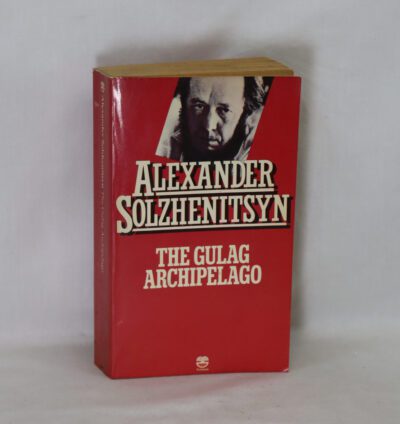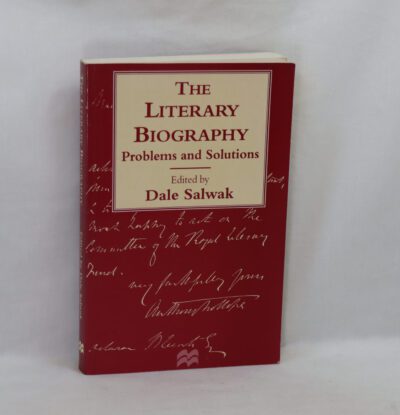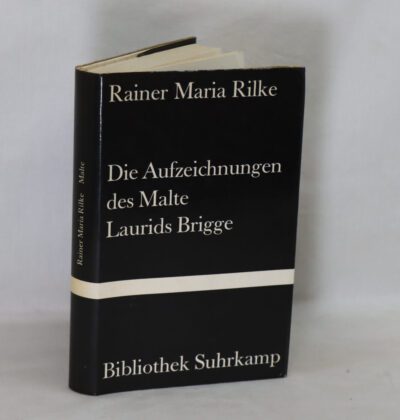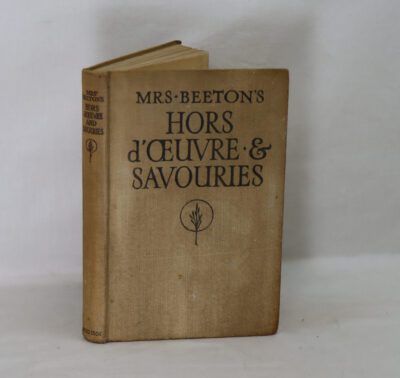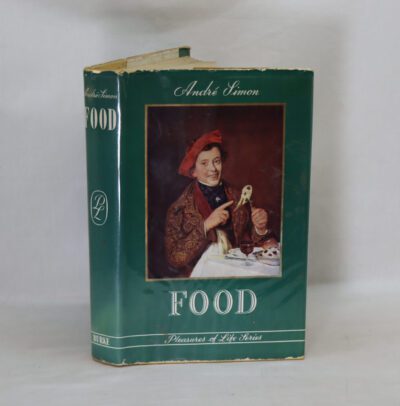The Crown of Wild Olive.
By John Ruskin
Printed: Circa 1920
Publisher: George G Harrap & Co. London
| Dimensions | 10 × 14 × 1.5 cm |
|---|---|
| Language |
Language: English
Size (cminches): 10 x 14 x 1.5
Condition: Fine (See explanation of ratings)
Item information
Description
Brown leatherette binding with gilt decoration and title.
- F.B.A. provides an in-depth photographic presentation of this item to stimulate your feeling and touch. More traditional book descriptions are immediately available.
-
- Note: This book carries the £5.00 discount to those that subscribe to the F.B.A. mailing list.
A very lovely book – truly a token of victory.
This 1866 collection of essays on Work,” Traffic,” and War,” begins with a preface condemning the human depletion of nature for what Ruskin saw as valueless gains. In this way, mining the ground for metals, water, and other resources parallels the work of the three lecture topics ‘all is done’ for the money.
John Ruskin (8 February 1819 – 20 January 1900) was an English writer, philosopher, art historian, art critic and polymath of the Victorian era. He wrote on subjects as varied as geology, architecture, myth, ornithology, literature, education, botany and political economy.
Ruskin was heavily engaged by the work of Viollet-le-Duc which he taught to all his pupils including William Morris, notably Viollet-le-Duc’s Dictionary, which he considered as “the only book of any value on architecture”.
Ruskin’s writing styles and literary forms were equally varied. He wrote essays and treatises, poetry and lectures, travel guides and manuals, letters and even a fairy tale. He also made detailed sketches and paintings of rocks, plants, birds, landscapes, architectural structures and ornamentation. The elaborate style that characterised his earliest writing on art gave way in time to plainer language designed to communicate his ideas more effectively. In all of his writing, he emphasised the connections between nature, art and society.
Ruskin was hugely influential in the latter half of the 19th century and up to the First World War. After a period of relative decline, his reputation has steadily improved since the 1960s with the publication of numerous academic studies of his work. Today, his ideas and concerns are widely recognised as having anticipated interest in environmentalism, sustainability and craft.
Ruskin first came to widespread attention with the first volume of Modern Painters (1843), an extended essay in defense of the work of J. M. W. Turner in which he argued that the principal role of the artist is “truth to nature”. From the 1850s, he championed the Pre-Raphaelites, who were influenced by his ideas. His work increasingly focused on social and political issues. Unto This Last (1860, 1862) marked the shift in emphasis. In 1869, Ruskin became the first Slade Professor of Fine Art at the University of Oxford, where he established the Ruskin School of Drawing. In 1871, he began his monthly “letters to the workmen and labourers of Great Britain”, published under the title Fors Clavigera (1871–1884). In the course of this complex and deeply personal work, he developed the principles underlying his ideal society. As a result, he founded the Guild of St George, an organisation that endures today.
Want to know more about this item?
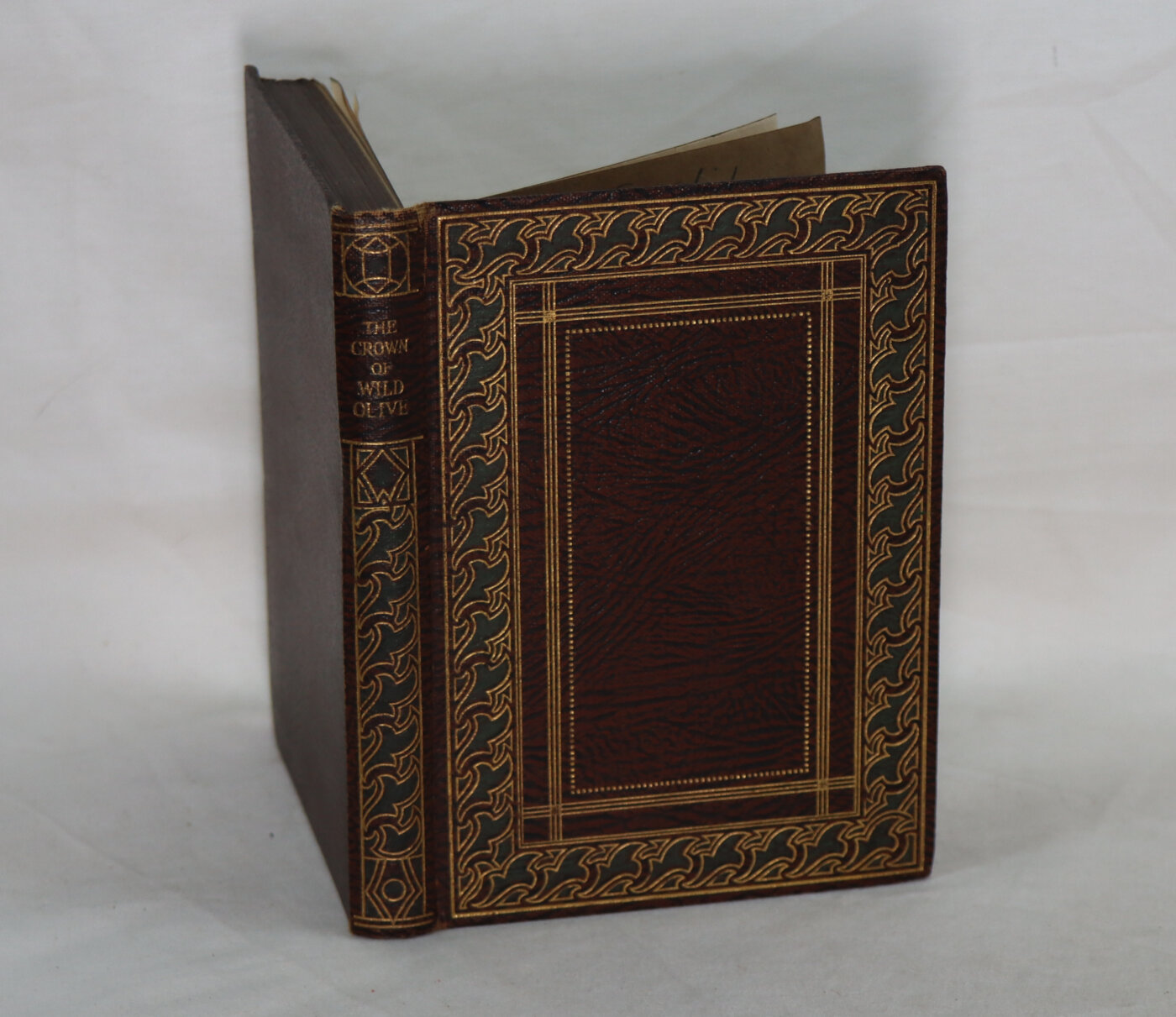
Related products
Share this Page with a friend

